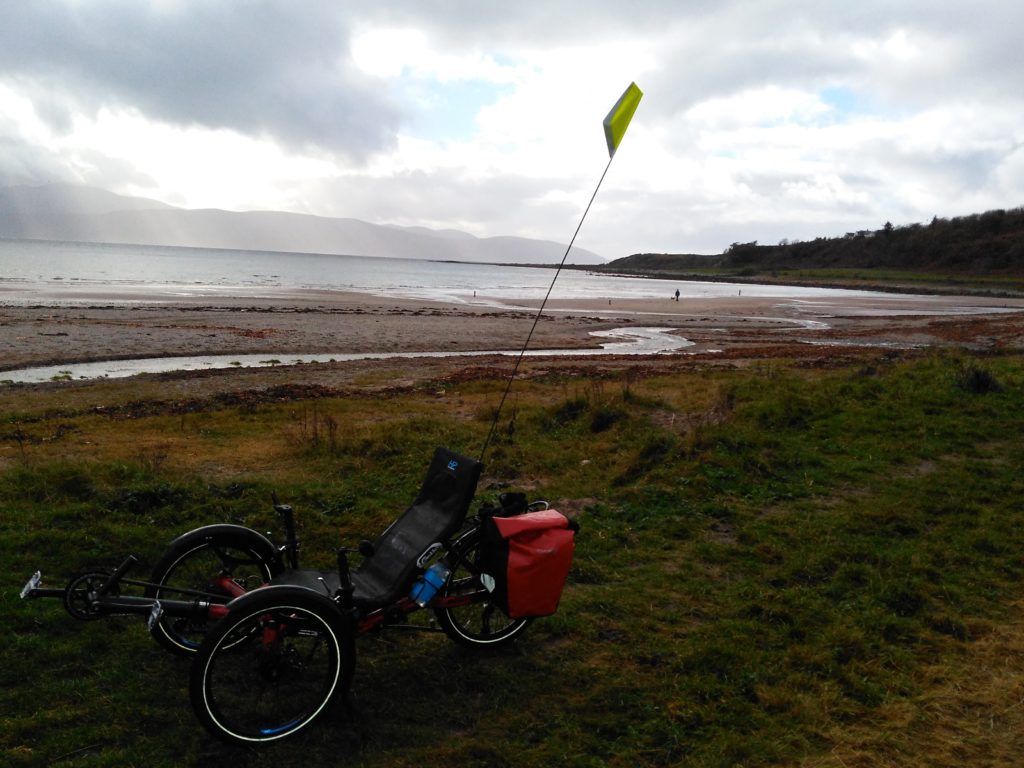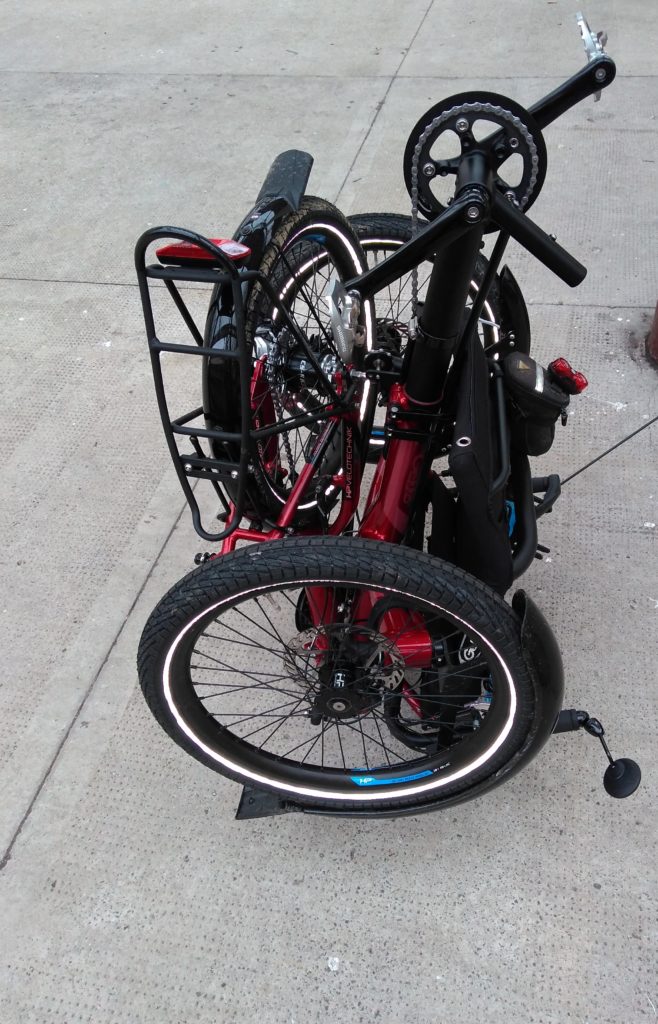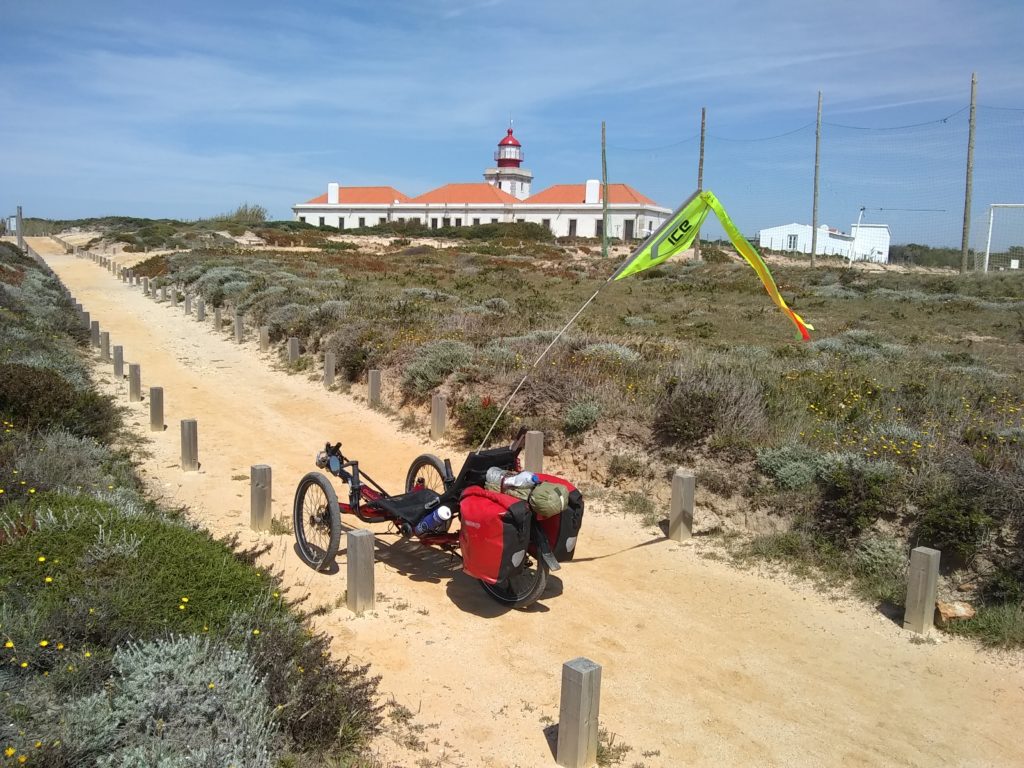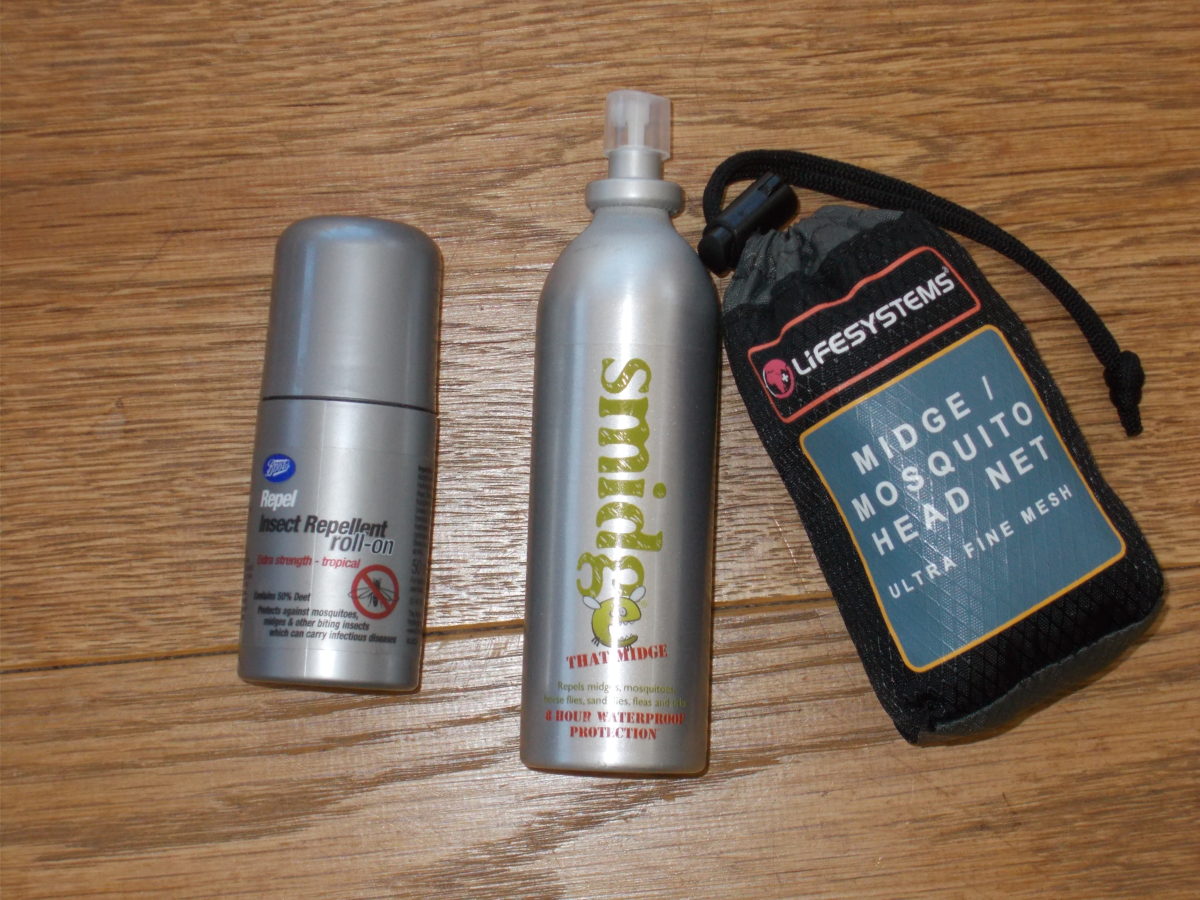Three wheeled transport generally gets a bad press – think Reliant Robins and 1960s bubble cars – so when I started investigating three wheeled cycling it was without a great deal of enthusiasm. That was until I discovered recumbent trikes…. About a year ago I started developing balance problems which made riding an ordinary bike fairly hazardous, so I started to look at three wheeled alternatives.

This post is not a comprehensive review of trikes – just a reflection on my experience of finding the right machine, some of the touring I’ve done by trike and things I’ve learnt along the way. The first thing to say is that recumbent trikes are really enjoyable and fun to ride – very stable, comfortable, corner like go karts and very quick on the downhills. They offer a different experience of cycling in the same way that riding a carbon road bike is a totally different experience from riding a mountain bike – not better or worse, just different. One thing you have to accept is that they are slow on hills …. but you fly down the other side!

So, here are a few of the things which I have learnt
Work out what you want from a trike. As well as having something that was enjoyable to ride, I wanted a trike that was easy to fold and compact so I could take it on trains and planes and also would be able to carry my usual cycle touring kit. I fairly quickly dismissed the idea of a road bike type trike with 700c wheels and the 20” wheel shopping bike style – neither are particularly stable and don’t fold very well. With recumbent trikes there are essentially two designs – one wheel at the front, 2 at the rear such as Hase trikes or 2 wheels at the front and one at the rear such as ICE and HP Velotechnik. The general recommendations from talking to some trike dealers was that the 2 front wheel type would probably suit me better for what I wanted. I tried both the ICE Adventure and the HP Velotechnik Gekko fx – both are excellent trikes, superbly engineered, with precise steering and braking and folded well.
Folding. I decided on the Gekko because of its very neat and quick fold – simply fold the seat onto the frame, pivot the back wheel between the front wheels and a clip automatically holds everything in place. You then move the trike onto the trolley wheels which are built in to the design.

Wheel size. Both ICE and HPV trikes have the option of a 20” or 26” rear wheel. I rode a Gekko demo trike with a 26” rear wheel for 6 weeks whilst waiting for my 20” wheeled one so I had a chance to compare. The 26” wheel should absorb bumps better and has more clearance for the rear derailleur than the 20”. However, in practice I find the 20” wheel with 2” high volume tyres (Schwalbe Big Apples) provides as much shock absorption as the 26” did with a 1.75” ordinary road tyre. The big plus of the 20” wheel for me is that it is less bulky when the trike is folded. But the derailleur is close to the ground so I just have to be careful when dropping off kerbs or on uneven ground.
Gearing. One of the most important things to get right. Recumbent are heavier: 3-4kg more than a touring bike and have more road resistance (three wheels instead of two), so take more effort to get up hills. But because of the stable riding position you can ride at very slow speeds in low gears. My gearing range is 17 to 87 inches. In retrospect I probably should have gone for a lowest gear of about 15 inches as it would give a super low gear for long hills when loaded. Some trike tourers even go as low as 10 inches. Top end gearing is less of an issue as trikes build up speed very quickly even on gentle descents. There are many different configurations of gearing available on trikes – ranging from the usual double/triple front and 8/9 speed rear derailleur to Rohlhoff hubs. My trike has the standard HPV Gekko set up of a 8 speed SRAM derailleur with a 3 speed Sturmey Archer rear hub gear. This has the advantage of only needing a single chain ring at the front so there’s no exposed front mech.
Visibility. One of the most frequently asked question I get is “don’t you feel vulnerable riding a trike?” Riding on fast main roads sometimes is not a good experience but then it isn’t on a bike either. But on smaller roads and lanes almost without exception I find that I’m given more space, even from delivery van drivers and tractors, than I used to get on a bike. I have a high viz flag with streamers and daytime lights which definitely helps visibility. Mirrors are another essential.
Mudguards. An expensive accessory on most trikes but well worth it as you’re in the spray line of all 3 wheels. The front mudguards on the Gekko are very easy to remove – only one bolt to remove, so I take them off on trips where I hope there will be dry weather, as you have to be more careful folding the trike with mudguards.
Pannier rack. Another accessory that you have to buy from the manufacturer as you need to a rack specifically designed for your trike. The racks take standard pannier fittings.
Touring
Over the last year I’ve done trips of varying lengths to Portugal, France, Scotland and Wales. Touring, of course, is essentially the same on any bike. I think the main differences on a trike are:
Carrying gear. On a trike there are less options for placing the gear that you carry – no handlebar bags or front racks to supplement the rear pannier rack. This has not been a problem for me as I try to travel fairly light – I generally use Ortlieb City Roller rear panniers with a small tent on the top of the pannier rack plus there’s a zip pocket on the rear of the seat where I put small stuff needed more frequently – sun cream, phone, wallet etc. If you need more space, then a Ortlieb dry bag strapped across the panniers would be the easiest way of increasing capacity – putting all the weight on the back of a trike doesn’t affect its stability.

Touring by trike is slower but it’s a different experience – you see much more as you are looking upwards and outwards rather than down at the road. You also spend a lot more time talking to people when you stop – there’s a lot of curiosity about trikes! Sometimes cycleways can be a bit narrow but as most newer cycleways seem to be designed to take cycle trailers this is rarely a problem – very occasionally you need to get off to manoeuvre the trike through gates.
Travelling by plane is much easier than I anticipated. I’ve flown with Ryanair and Easyjet without any problem at all – I booked the trike on as a bicycle, after checking the max luggage size for the airline. For example, for Ryanair it’s 119 x119 x 81cm. My folded trike easily fitted within these dimensions. I folded it and then wrapped the vulnerable parts with bubble wrap and used a home made nylon bag to cover the folded part of the trike. At the airport the trike was loaded through the outside baggage area in the same way as a regular packed bike would be.

Information and trike dealers
Trikes are fairly niche so there’s not that many dealers. Manufacturers’ websites are very comprehensive and give you a good idea of the options available
HP Velotechnik website gives details of all their trikes. HPV only seem to have 3 dealers in the UK : Kinetics in Glasgow http://www.kinetics-online.co.uk/recumbents/ – Special Bikes UK in London https://www.specialbikesuk.com/ ; Bikefix, also in London https://www.bikefix.co.uk/recumbentshttps://www.hpvelotechnik.com/index_e.html
ICE Trikes have a detailed website. They are based in Cornwall and have dealers around the UK and worldwide. Information about the trikes and dealer in the UK and elsewhere are listed on their website h
Trike rental
Although all dealers will give you a reasonable test ride, I wanted to ride a trike for a whole day before comitting to buy one as trikes have such a different riding position and I needed to be sure it was for me. The only place I could find that did this was Pedal Power in Cardiff – which was brilliant. London Recumbents may also hire adult recumbent trikes, although none are listed on their website



Great trike summary, especially covering folding and travel, thank you. We have several people in our club with balance issues, so good to know it’s not the end of the road.
Absolutely! Recumbent trikes open a whole new world of cycling experience
Nice review on your Gekko look forward to.yput touring vlog.
Thanks for sharing
Thanks! Have a look at some of the other posts on this
website for details of tours. More to come I hope once we can get out!
Great information, particularly about packing the trike for flying. Thanks.
Glad you found it useful
The carrier is manufacturer specific, on bicycles, most accessories are standard across manufacturers, but on tricycles which bits are standard, seats?.. mudguards?.. lights?.. front derailleur mounts?
How about retro fitting pedelec kits?
Interested in a pedelec trike, slightly higher seat because I am tall and have two bionic hips, so standing up and sitting down is easier to higher seats.
Thanks for any information.
ICE and HPV trikes use standard cycle components for most of the running gear – Shimano/Sram derailleurs, cassettes, chain rings, chains, shifters. Brakes – Avid discs or similar, headsets and wheel bearings also standard bike components. Tyres – good selection of 20″ tyres around at standard prices. It is the accessories – mudguards, pannier racks, light mounts etc that are specific to manufacturers and usually quite expensive.
Re retro fitting electrics – this is not something I’ve investigated. Facebook groups Recumbent Trike UK and ICE Trike Owners have lots of posts re retro fitting so worth joining both groups
With regrds getting in and out of the trike, ICE and HPV have accessories called ‘helping handles’ which make it easier to lower into the trike seat and pull yourself up. Again maybe a request on the Facebook groups for ideas might be worth while.
Good luck!